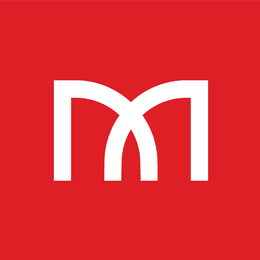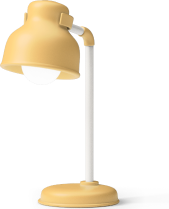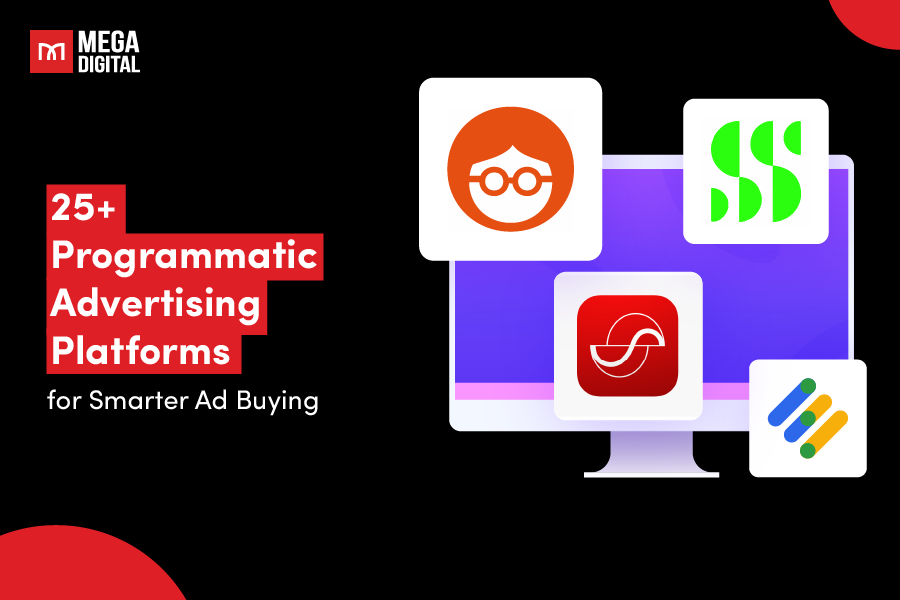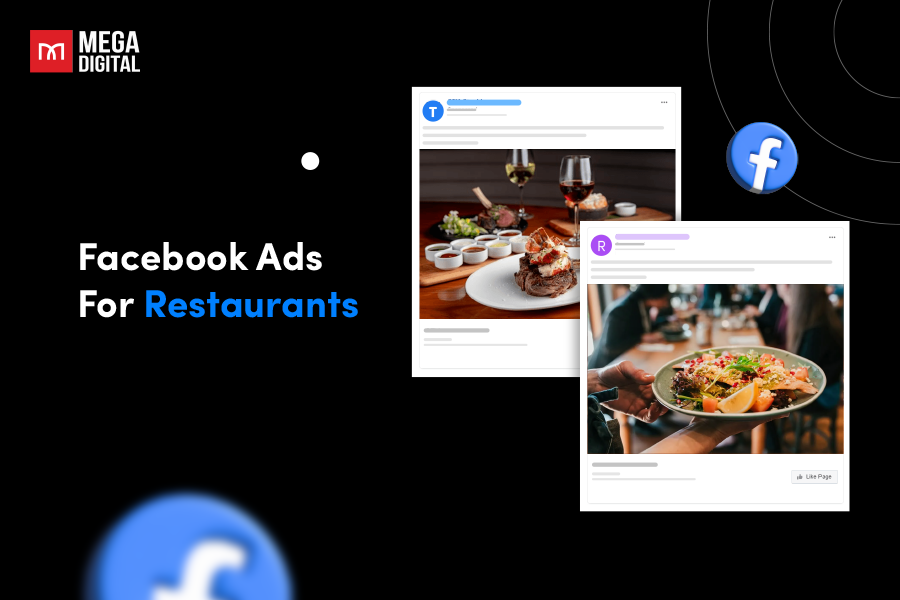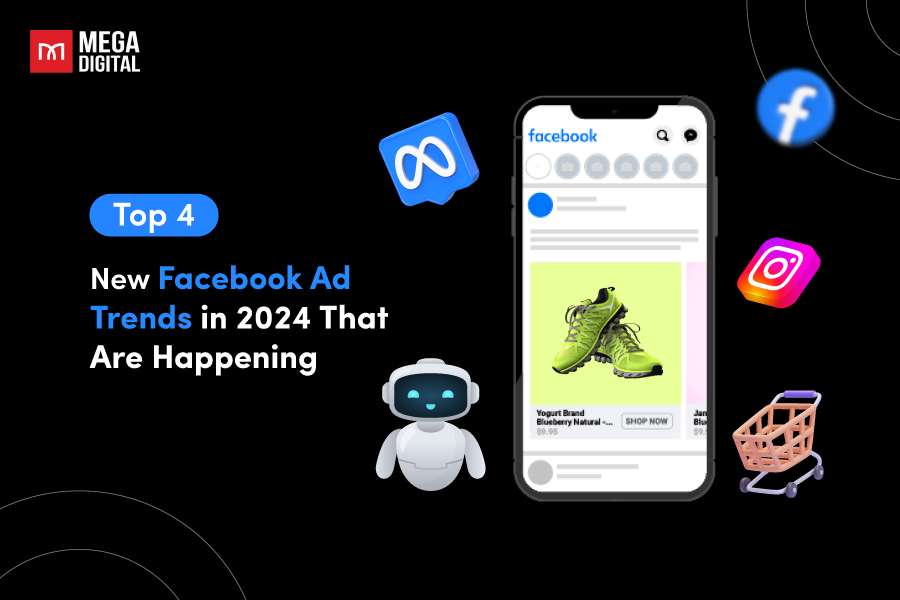Most advertisers lose money not because of bad ads, but bad landing pages. From my experience, many advertisers get stuck not knowing what to include in a landing page, how it should look, or where to even begin. That’s why this guide will dive into what a PPC landing page is, real examples, and tips to help you make your ads pay off!
What Is a PPC Landing Page?
A PPC landing page is the page a user lands on after clicking on a pay-per-click ad. Unlike a typical website, the main goal of this page is to convert that click into a sale or a lead.
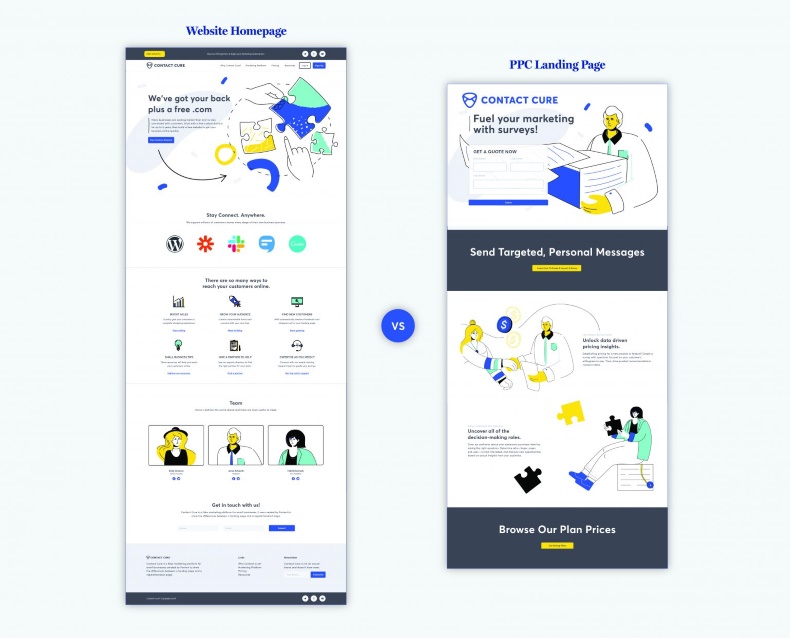
In PPC campaigns, advertisers pay a fee every time someone clicks on their ads. But the real win happens on the landing page. That’s where you deliver on the ad’s promise, offer more detail, and ask the users to take some form of action, such as sign up, buy, or arrange a call.
What Are The Benefits Of PPC Landing Pages?
A landing page for PPC purposes is designed to maximize the value of every click you pay for. When done well, they have many benefits that can greatly enhance campaign performance:
- Greater conversion rates: With one focused message and goal, PPC landing pages eliminate distractions and guide users toward taking action.
- Better quality score: A strong match between your ads and your landing page content improves ad relevance, which in turn lowers cost and better placement.
- User experience: Visitors see what they expect after clicking the ad, which generates trust, lowers bounce rates, and encourages engagement.
- Clear performance tracking: These pages support only one campaign, making it easier to track and analyze PPC metrics such as conversions and cost per lead.
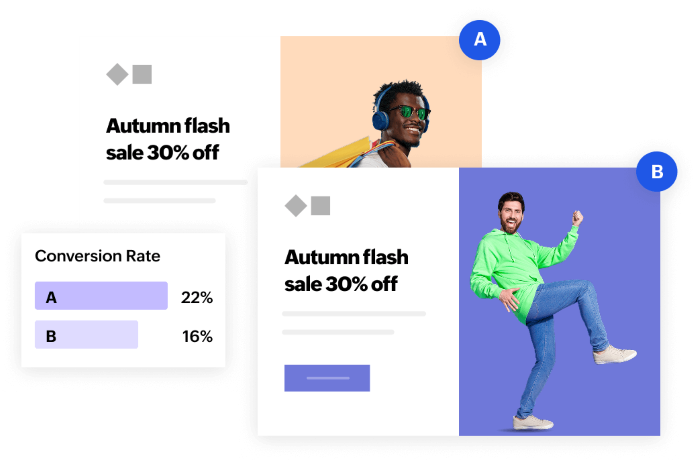
7 Key Elements in a PPC Landing Page Template
A high-performing PPC landing page isn’t built by chance. It follows a structure that guides users toward action with clarity and purpose. Here are 7 key elements every PPC landing page template should include to maximize conversions.
1. Hero Copy Texts
When someone lands on your PPC page, it’s often their first encounter with your brand. They’ve only seen a brief snippet in your ad, so your hero section needs to grab their attention fast. An effective hero copy does three things:
- Matches the ad message: If someone clicks an ad for “Affordable Project Management Software,” your hero text should reflect that directly by including the headline: “Simple Project Management for Small Teams.”
- Explains what you do and who it’s for: Don’t make people guess. A hero section of “Marketing Automation for Busy eCommerce Brands” clearly says what the product is and who should care.
- Starts with action: Instead of passive or generic phrases, use direct language that guides users like “Get started free”, “Try it today”, “Book your demo now.”
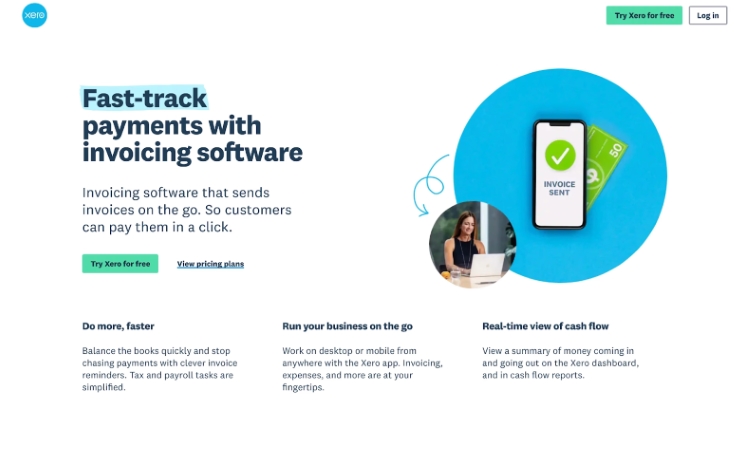
2. Striking Hero Visuals
Once the headline grabs attention, your hero visual reinforces the message and builds instant trust. In PPC landing pages, strong visuals help communicate value faster than words alone, especially for users who skim.
Effective hero visuals serve a purpose:
- Show the product in action, highlight the result that customers can expect
- Create a sense of credibility and professionalism
For example, the landing page of a SaaS tool might feature a screenshot of the dashboard in use. This gives potential users a sneak peek at what they’re signing up for and lowers hesitation.
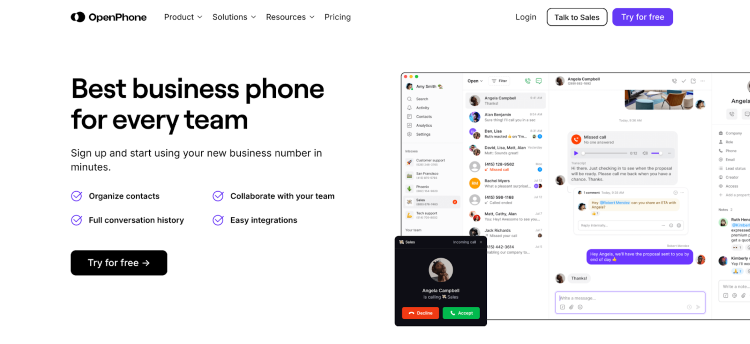
3. Pain Points and Solutions For Customers
Most PPC visitors clicked your ad because they were looking for a solution to a specific problem. Now’s your chance to show them you get it. Thus, your landing page should speak directly to their pain points.
This section often briefly highlights the key frustrations your target customers face, then immediately follows up with how your product or service solves them.
For instance, pain points of accounting software for freelancers could include:
- “Tracking income manually is time-consuming.”
Then position your offer as the fix:
- “Generate ready-to-send tax reports in seconds.”
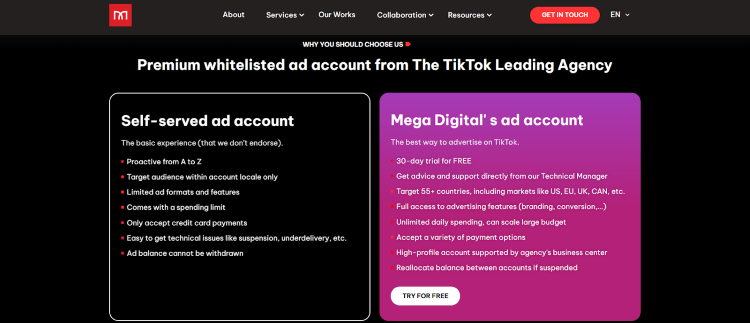
4. Features to Stand Out From The Competition
This section of a PPC landing page would frequently highlight product features that differentiate it from other options in the market. You’ll often see a short list or grid that includes key functionalities, benefits, or performance advantages.
The format is usually scannable and placed just after the pain points and solutions section to build momentum toward conversion.

5. Social Proof
Social proof is a common element on PPC landing pages to build trust and credibility. This section usually encompasses customer testimonials, star ratings, or may even include case studies or usage statistics such as “Trusted by 10,000+ businesses”.
The aim is to make sure that the prospective visitor, who may have little or no idea about your brand, realizes that real people or companies have benefited from what you are selling.
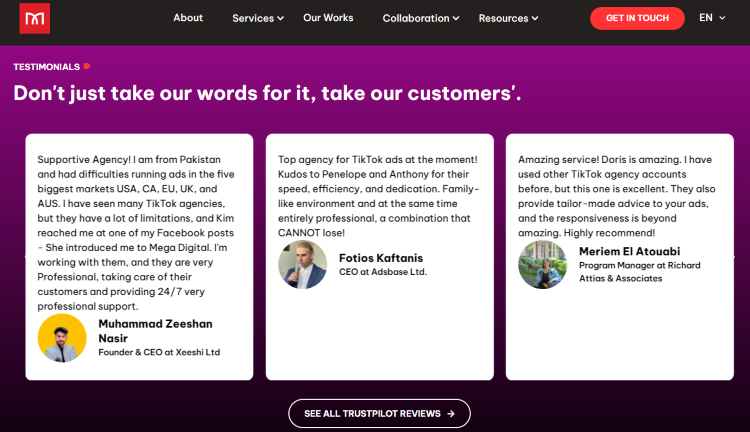
6. Strong CTA Elements
A clear and persuasive CTA is what turns a visitor’s interest into a conversion. CTA elements usually appear multiple times throughout the page, at the top in the hero section, again after key benefits or features, and once more near the end. Common CTA formats include bold buttons with concise phrases like “Start Free Trial”, “Get My Quote”, or “Schedule a Demo”.
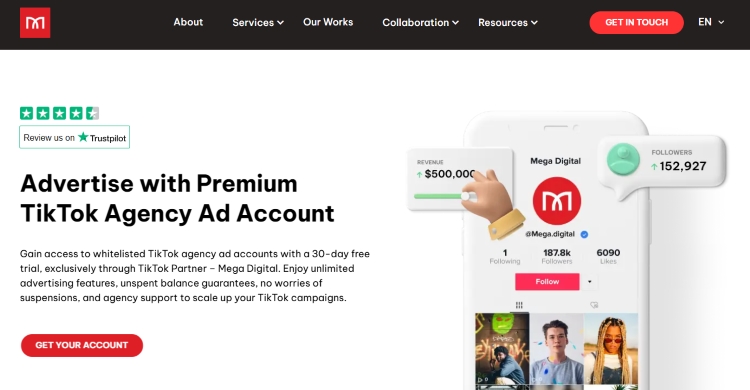
7. FAQ to Tackle Hesitation
The FAQ section typically sits at the bottom of a PPC landing page and serves to resolve any last-minute hesitation. FAQs are usually presented in an expandable format or simple question-and-answer layout. It addresses common concerns related to cost, contract terms, onboarding, or product functionality.
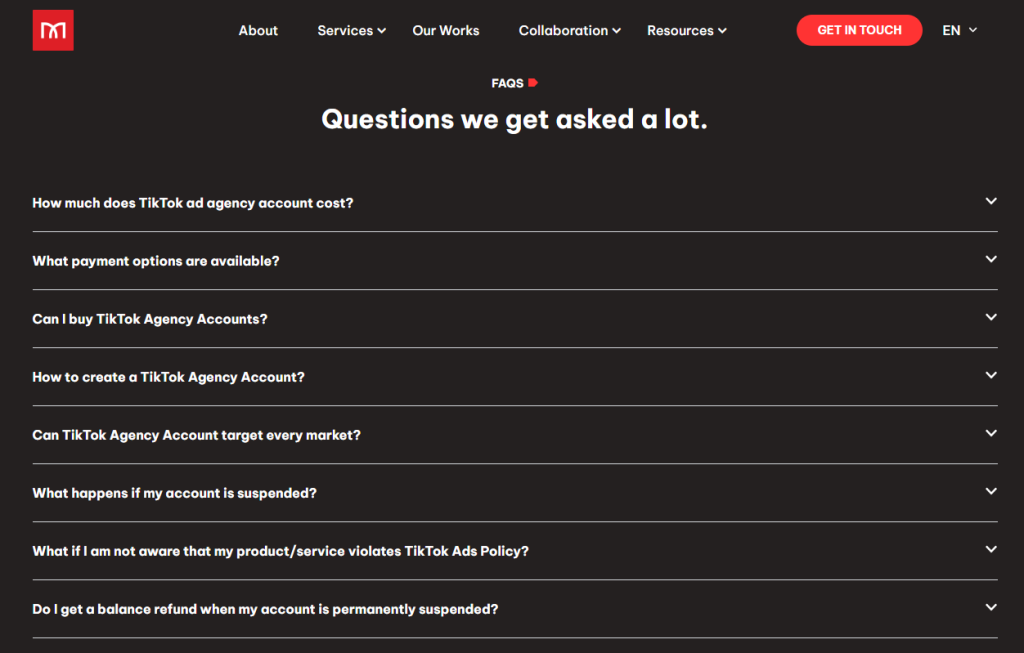
Best Practices for Building a PPC Landing Page
Creating a PPC landing page that actually converts requires more than good design needs strategy, clarity, and a user-first approach. Below are the best practices to follow when building a PPC landing page that drives real results!
1. Choose The Right Goal
Before designing your landing page, ask yourself: What is the action you want visitors to take? Is it signing up for a demo, downloading an ebook, or making a purchase? Then, your entire landing page should be centered around that single goal.
Avoid trying to do too much on one page. Mixed messages like download an ebook and book a demo on one page, for example, often lead to lower conversions. Stick to one goal, and design everything to support it.
2. Keep Headlines, Offers & CTAs In Line
To drive high-intent conversions from PPC traffic, your headline, offer, and CTA must do more than just align, they need to mirror user intent and reinforce each other at every scroll depth. Here’s how to adjust each component for performance:
- Headline: Echo the exact language or value proposition used in your PPC ad to create an immediate message match and reduce friction.
- Offer: Anchor the value in terms of the user’s pain point or urgency (e.g., “Get expert help in under 24 hours” is stronger than “Start free trial”).
- CTA: Go beyond “Click here” or “Get started”. Your CTA should reflect the offer’s benefit, like “Start Saving Now” or “Book My Free Strategy Call”.
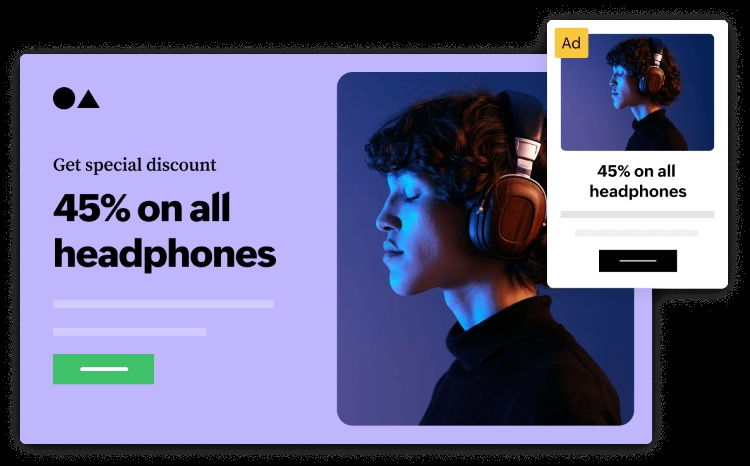
3. Put Effort into Your Design and Images
A clean layout with clear headings, minimal clutter, and well-placed CTAs makes it easy for users to focus on what matters. Use real visuals instead of generic stock photos; even a simple screenshot or customer photo can make your offer feel more believable.
For example, instead of using a smiling model to promote a fitness app, show a real user tracking their workout on the app interface.
4. Test Trust Signals
Elements like customer reviews, star ratings, security badges, and recognizable client logos help validate your credibility. But simply adding them isn’t enough. You should test where and how they appear. For instance, placing a testimonial just above your CTA might perform better than having it buried near the footer.
A SaaS company could A/B test one that highlights a media badge like “Featured on TechCrunch” and another that shows a user quote about customer support to see which builds more confidence.
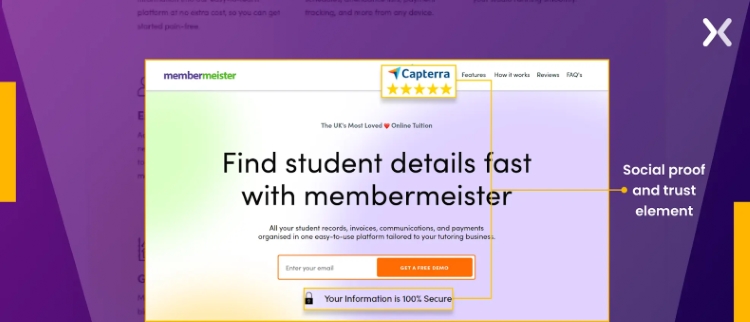
5. Leverage the Thank You Page
Too many advertisers treat the thank you page as a dead end, when it’s actually a chance to deepen engagement. Once someone completes your form or offer, they’re already in a high-trust, high-interest mindset, so use that moment wisely.
You can offer a bonus resource, suggest a next step (like booking a call), or even introduce a low-ticket upsell. For example, after someone downloads an ebook on SEO tips, you could invite them to join a free webinar on advanced strategies. It’s a small shift that turns a passive confirmation page into an active part of your funnel.
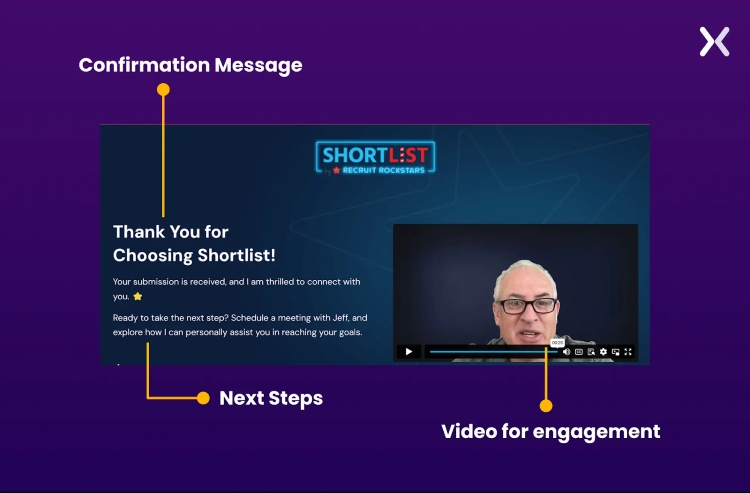
6. Make Sure Your Page Is Mobile-Optimized
Most PPC clicks come from smartphones; users expect fast-loading, easy-to-navigate pages. If your landing page doesn’t work smoothly on mobile, you’re throwing away ad budget.
Imagine running an ad for a flash sale, but the “Buy Now” button is hidden below the fold on mobile. It could cost you tons of conversions if overlooked. Always test your page on real devices, make sure text is readable, forms are short and finger-friendly, and key actions are clearly visible.
3 High-Converting PPC Landing Page Examples
Learning from real-world examples is one of the fastest ways to understand what makes a PPC landing page truly effective. Here are 8 high-converting PPC landing pages that showcase smart tactics in action:
1. Prudential
Overview of Landing Page
Prudential’s “Now What?” campaign leads users from a PPC ad with the message “Protect Your Life’s Work” to a clean, focused landing page promoting annuity solutions. The page reinforces the ad’s message with clear content and strong brand presence.
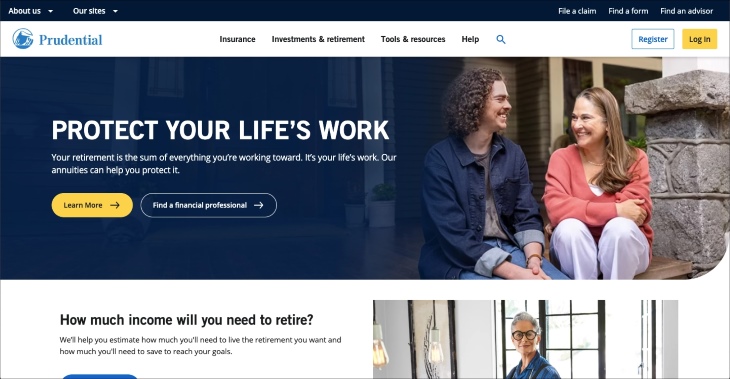
Results
The campaign drove a 28% increase in lead submissions and a 12% conversion rate, nearly double their usual benchmark.
What Makes It a Good Landing Page
- Strong message match from ad to page
- Statistics and brand authority build trust
- Simple, mobile-friendly design
- Emotionally relevant to users planning for retirement
2. TikTok
Overview of Landing Page
TikTok’s PPC campaign targets businesses with a clear promise: “Grow your Business with TikTok ads”. The ad links to a well-designed landing page that introduces TikTok Ads Manager as an all-in-one platform for creating and managing campaigns, complete with visuals, subheadings, and feature breakdowns.
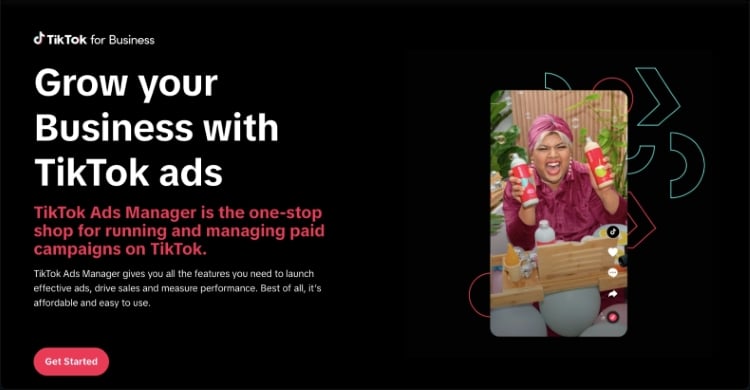
Results
This campaign reportedly helped increase TikTok Ads Manager sign-ups by 35% quarter-over-quarter, with a 14% conversion rate from ad click to registration.
What Makes It a Good Landing Page
- Direct, benefit-focused headline and subheading
- Detailed yet digestible breakdown of ad tools and targeting options
- Multiple CTAs (“Get Started,” “Register Now”) guiding users toward sign-up
3. Uber
Overview of Landing Page
Uber’s “Request a ride” PPC campaign directs users to a landing page designed for immediate action. Instead of offering background information, it places a search bar front and center, prompting users to input a pickup and drop-off location right away, turning interest into intent within seconds.
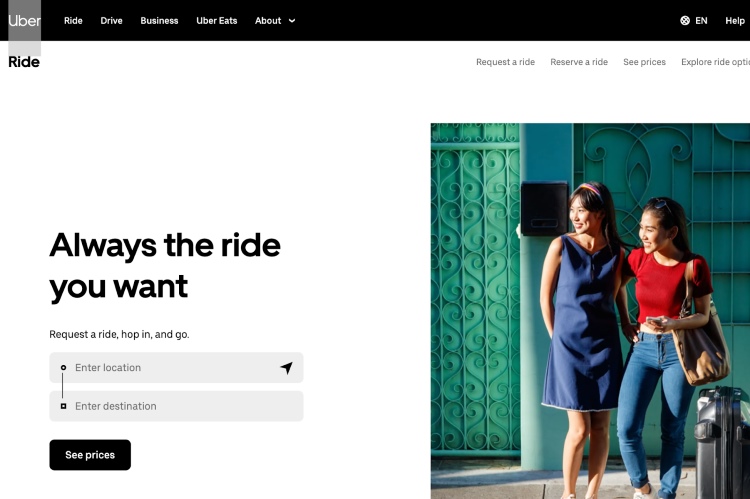
Results
The campaign reportedly achieved a 20% increase in ride requests from paid traffic and reduced bounce rates by 32% due to its ultra-focused design.
What Makes It a Good Landing Page
- Minimal friction, users are guided straight to the booking action
- A single search field serves as the CTA
Key Takeaways For Building A High-Converting PPC Landing Page
Looking at how top brands approach their PPC landing pages, one thing is clear: great design alone isn’t enough. To convert traffic into real business value, your landing page needs to meet lots of requirements.
Use these key takeaways to make sure your landing page is set up for success:
- Clear, benefit-driven headline that reflects your ad’s message
- Consistent message match between your ad and landing page content
- Focused user intent with a single, powerful CTA or action path
- Strong visual storytelling through images, animations, or demos
- Strategic CTA placement that guides users without overwhelming them
- Clean layout and mobile responsiveness to reduce bounce and keep users engaged
- Tailored content for different buyer stages, especially for high-commitment offers
- Trust signals like statistics, testimonials, or user reviews
- Feedback loops or user input to improve experience and conversions over time
The best PPC landing pages make the next step clear, simple, and relevant. Use the lessons from these examples to align your message, build trust, and guide users smoothly to conversion now!
